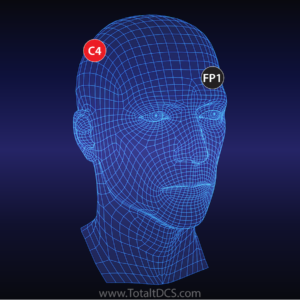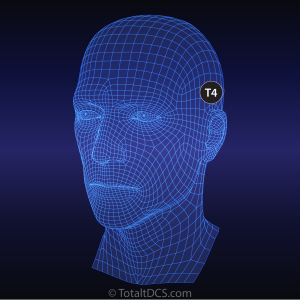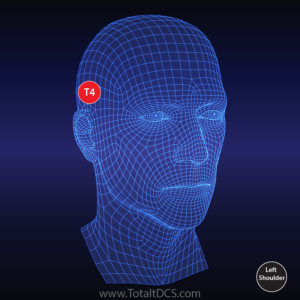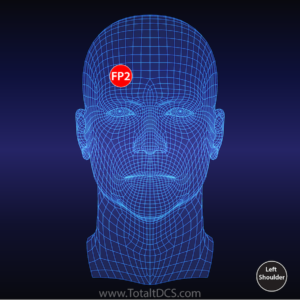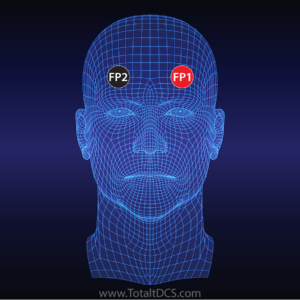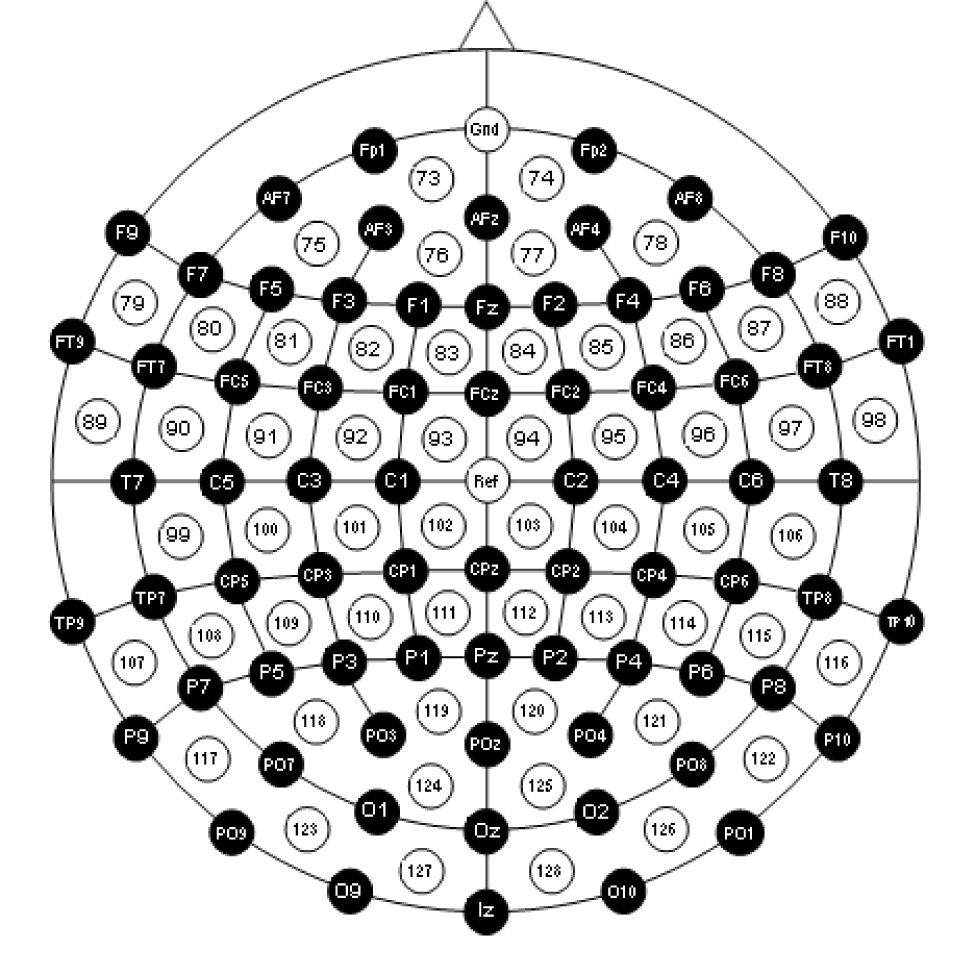When using Transcranial Direct Current Stimulation (tDCS), where you choose to place your electrodes is very important. One tDCS electrode placement will often produce different results than another. The various arrangements of the Anode (red) electrode and Cathode (black) electrode on the head/body are referred to as tDCS “montages”.
Through the completion of over 5,000 research studies to date, scientists have uncovered a number of tDCS montages. Collectively, we’ve spent hundreds of hours pouring through scientific research to find the most effective montages with the strongest scientific backing. Each of the montages found below includes a graphical depiction of where to place the electrodes, a description of the expected results, and links to research supporting our findings.
Still need a tDCS device? Checkout our device recommendations!
Electrode Placement Accuracy
Many people wonder how to be sure they’re placing the electrodes in the exact correct position. It has been reported by users as well as documented in scientific research that the exact placement (to put it in laymen terms) is really not that big of a deal… Yes, you should attempt to replicate the electrode placement you’re using as best you can. But no, don’t lose sleep over every centimeter.
If you are significantly worried, scientifically invested, or just an adventurous individual, there are guides available which will instruct you on how to measure your head to determine your exact anatomy. Armed with that knowledge you can (fairly) precisely pinpoint the exact 10/20 points on your head. Once the points are documented, you can follow the 10/20 electrode points found on each montage page to position the electrode as precisely as possible.




